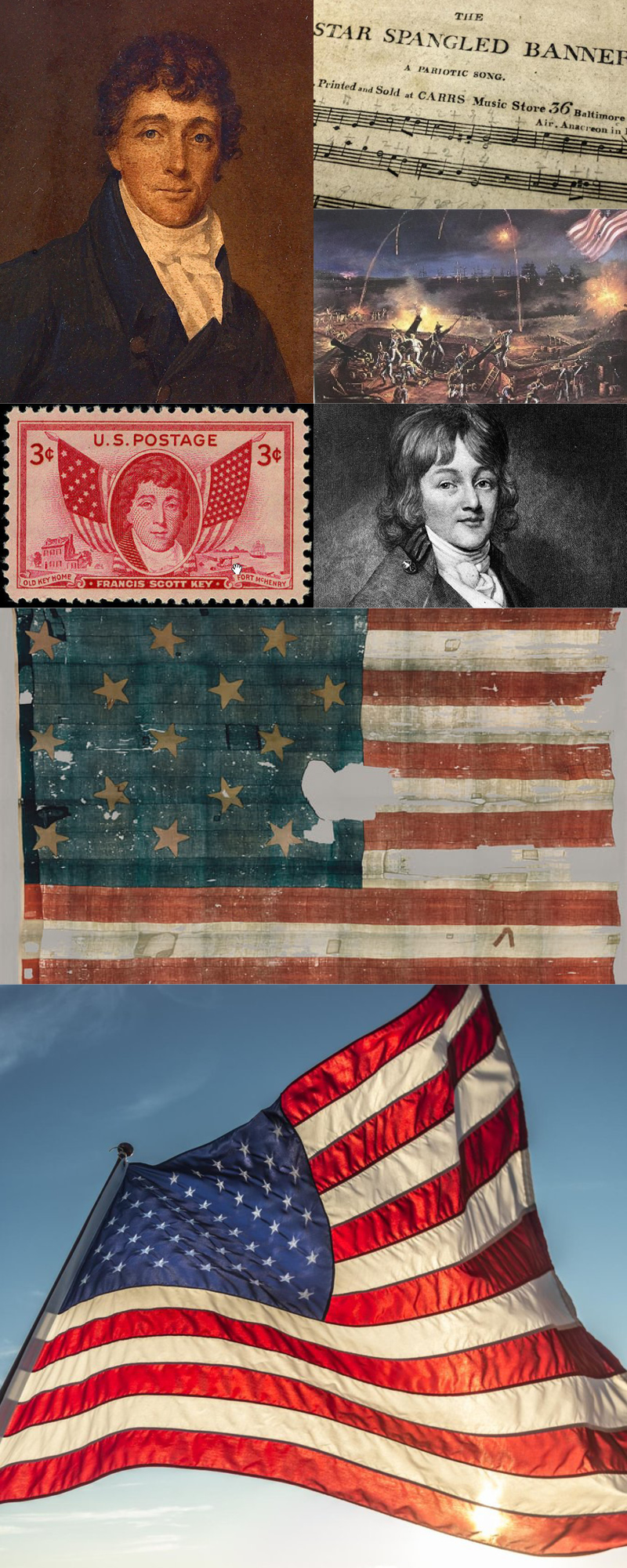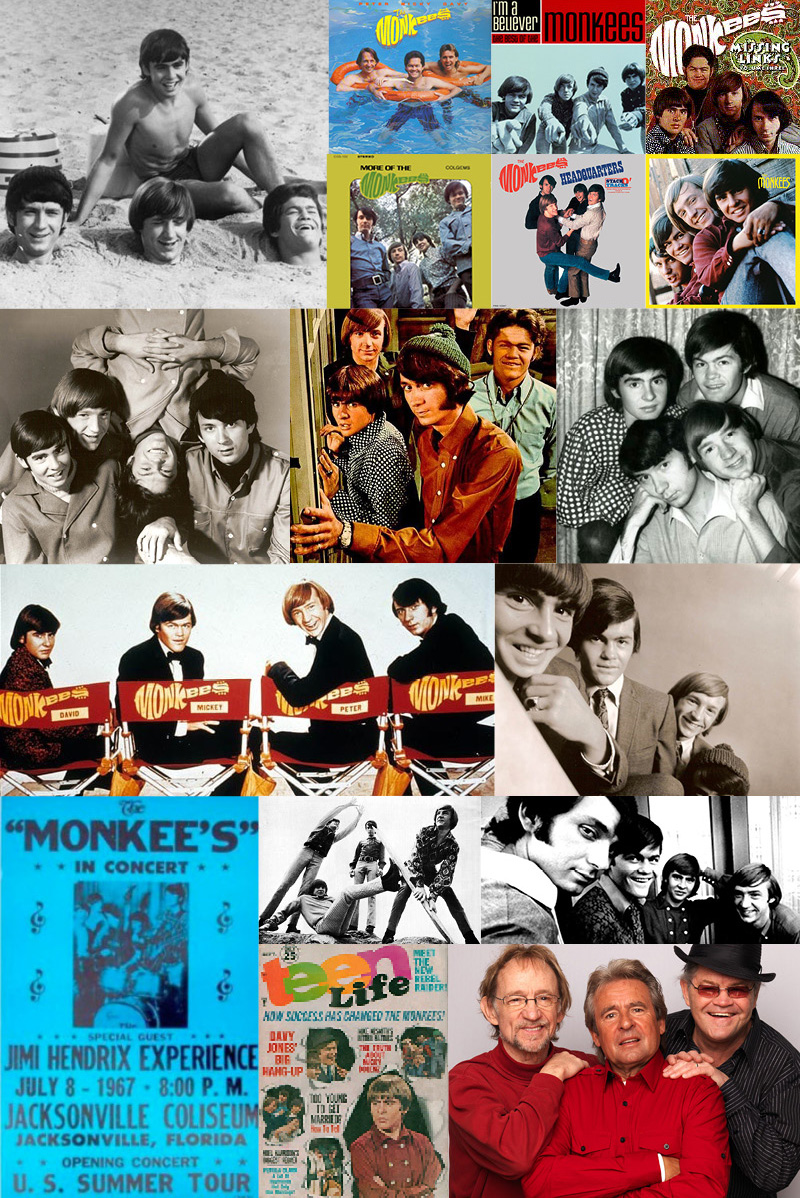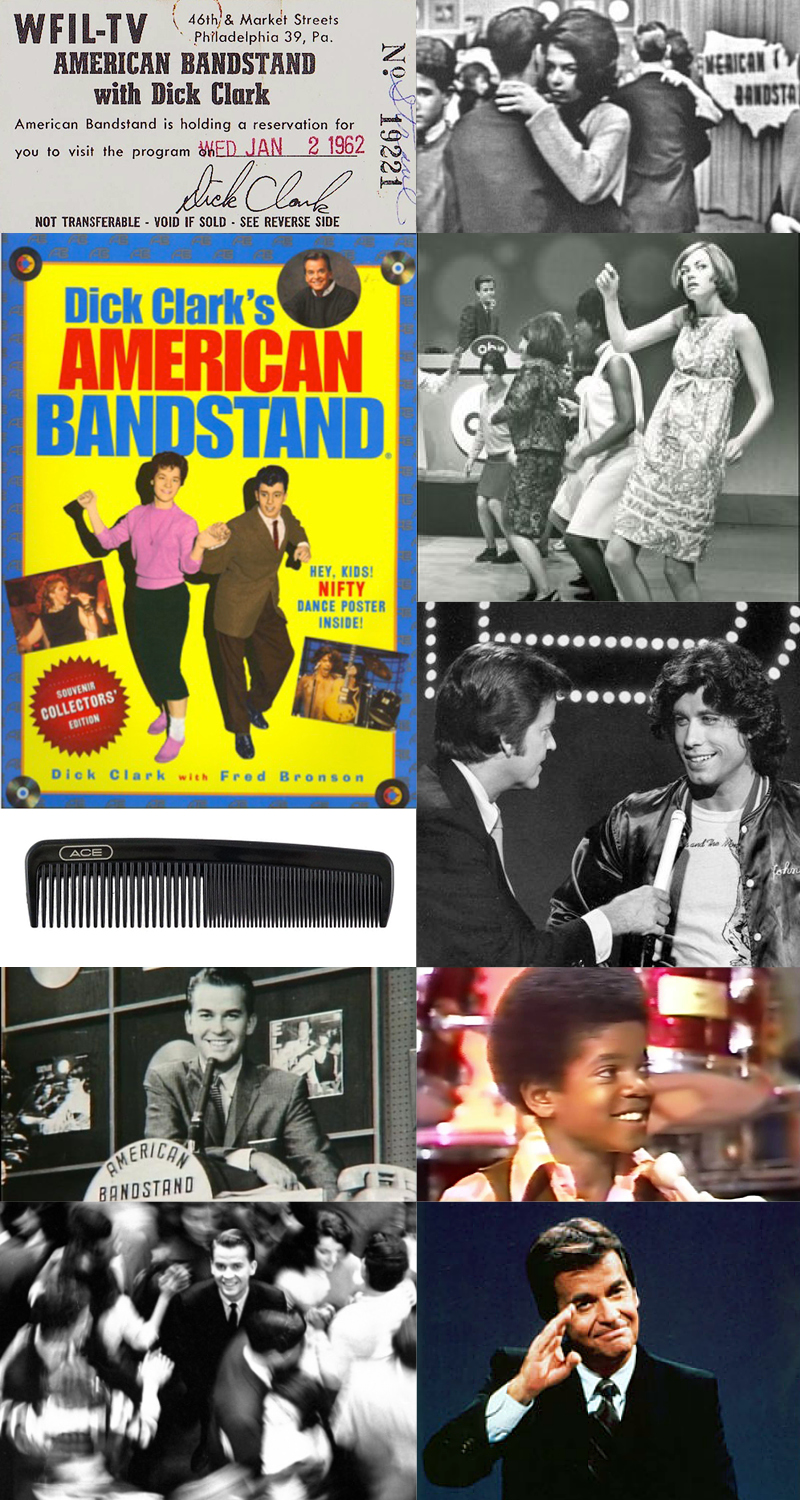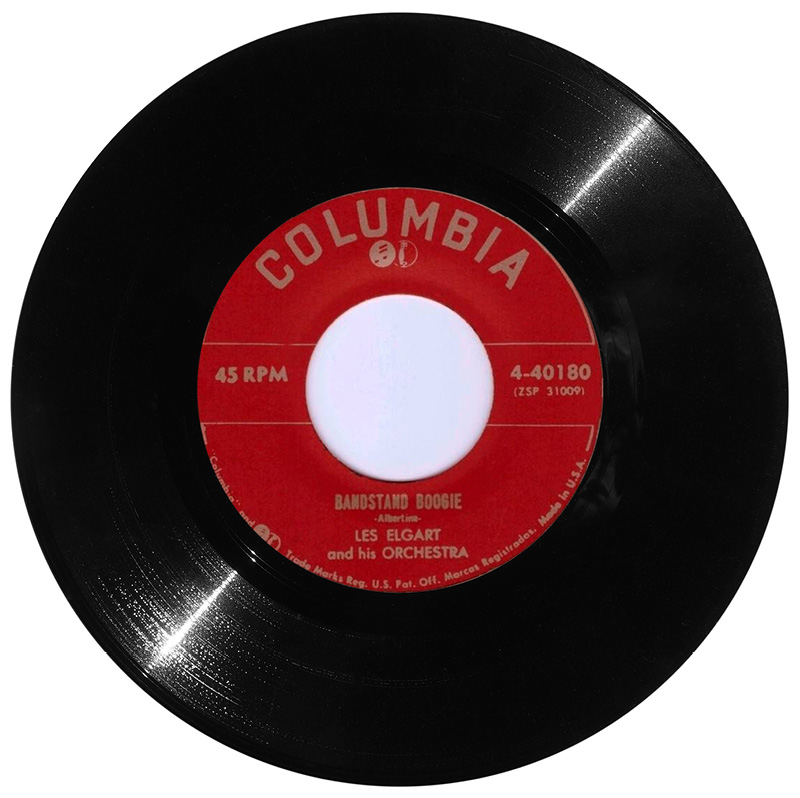“Yea, That’s My Country too!”

(row one left) Francis Scott Key. (row one top right) The first sheet-music issue of “The Star-Spangled Banner” was printed by Thomas Carr’s Music store in Baltimore in 1814. (row one bottom right) The flag over Ft. McHenry (painter unknown) (row two left) 120,868,500 commemorative postage stamps were issued August 9, 1948. One of these in mint condition is worth around 60 cents today. 15 cents for a used one. (row two right) an engraving of a younger Francis Scott Key. They probably called him Frankie. (row three) The original Fort McHenry flag (15 stars and 15 stripes) measured 30 feet by 42 feet. It’s being preserved and restored in Washington, DC. (row four) Glorious isn’t it?
We’ve all been lucky to watch an amazing Olympic competition these past few weeks, with athletes from all over the world doing amazing things on the ice and snow. Each one, of course, has their own story – some competing for the first time, some competing in their third of fourth Olympics (can you imagine) and others wrapping up their Olympic careers. Consistently, every athlete talked about sacrifice, hardship and overcoming the odds, with a small few prevailing to stand on the podium, medal on chest, tears on their cheeks and hand over heart, proudly representing their county while listening to their respective national anthem. I don’t know about you, but I feel really proud when the anthem plays, and get choked up seeing the athletes realize their accomplishments.
We all know our “official” USA anthem is the Star Spangled-Banner, but what you probably didn’t know is it took 40 attempts to get it through Congress (talk about perseverance) – tomorrow, March 3th is the anniversary of the adoption of the anthem. For my trivia buds, here’s some interesting history and cool trivia about the great anthem we’ve all come to know as the strength and sound of the United States of America. Enjoy, and thanks Wikipedia, historian Mark Leepson and History.com for the info.
- A song is written. By the dawn’s early light on September 14, 1814, Francis Scott Key peered through a spyglass and spotted an American flag still waving over Baltimore’s Fort McHenry after a fierce night of British bombardment. In a patriotic fervor, the man called “Frank” Key by family and friends penned the words to “The Star-Spangled Banner.” When he composed his verses, he intended them to accompany a popular song of the day. “We know he had the tune in mind because the rhyme and meter exactly fit it,” says Marc Leepson, author of the Key biography “What So Proudly We Hailed.” The first broadside of the verses, printed just days after the battle, noted that the words should be sung to the melody of “To Anacreon in Heaven.” (ironically an English song composed in 1775 that served as the theme song of the upper-crust Anacreontic Society of London and a popular pub staple). Key was quite familiar with the tune, having used it to accompany an 1805 poem, which included a reference to a “star-spangled flag,” he had written to honor Barbary War naval heroes Stephen Decatur and Charles Stewart.
- Key was not imprisoned on a British warship when he penned his verses. In his capacity as a Washington, D.C., lawyer, Key had been dispatched by President James Madison on a mission to Baltimore to negotiate for the release of Dr. William Beanes, a prominent surgeon captured at the Battle of Bladensburg. Accompanied by John Stuart Skinner, a fellow lawyer working for the State Department, Key set sail on an American sloop in Baltimore Harbor, and on September 7 the pair boarded the British ship Tonnant, where they dined and secured the prisoner’s release under one condition—they could not go ashore until after the British attacked Baltimore. Accompanied by British guards on September 10, Key returned to the American sloop from which he witnessed the bombardment behind the 50-ship British fleet.
- The flag Key “hailed at the twilight’s last gleaming” did not fly “through the perilous fight.” In addition to a thunderstorm of bombs, a torrent of rain fell on Fort McHenry throughout the night of the Battle of Baltimore. The fort’s 30-by-42-foot garrison flag was so massive that it required 11 men to hoist when dry, and if waterlogged the woolen banner could have weighed upwards of 500 pounds and snapped the flagpole. So as the rain poured down, a smaller storm flag that measured 17-by-25 feet flew in its place. In the morning, experts believe, they most likely took down the rain-soaked storm flag and hoisted the bigger one … and that’s the flag Key saw in the morning.
- The song was not originally entitled “The Star-Spangled Banner.” When Key scrawled his lyrics on the back of a letter he pulled from his pocket on the morning of September 14, he did not give them any title. Within a week, Key’s verses were printed on broadsides and in Baltimore newspapers under the title “Defence of Fort M’Henry.” In November, a Baltimore music store printed the patriotic song with sheet music for the first time under the more lyrical title “The Star-Spangled Banner.”
- The national anthem has four verses. The version of “The Star-Spangled Banner” traditionally sung on patriotic occasions and at sporting events is only the song’s first verse. All four verses conclude with the same line: “O’er the land of the free and the home of the brave.” In 1861, poet Oliver Wendell Holmes wrote a fifth verse to support the Union cause in the Civil War and denounce “the traitor that dares to defile the flag of her stars.
- Key opposed American entry into the War of 1812. Ironically, the man who created one of the lasting patriotic legacies of the War of 1812 adamantly opposed the conflict at its outset. Key referred to the war as “abominable” and “a lump of wickedness.” However, his opposition to the war softened after the British began to raid nearby Chesapeake Bay communities in 1813 and 1814, and he briefly served in a Georgetown wartime militia.
- Key was a consummate Washington insider. Although Key loathed politics, he was a prominent figure in Washington, D.C. – an important player in the early republic, He was a very successful and influential lawyer at the highest levels in Washington. Key ran a thriving law practice, served as a trusted advisor in Andrew Jackson’s “Kitchen Cabinet” and was appointed a United States Attorney in 1833. He prosecuted hundreds of cases, including that of Richard Lawrence for the attempted assassination of Court.
- Key was a one-hit wonder who might have been tone deaf. Key was much more adept in his legal day job than he was as an amateur poet. Most of the odes he composed were never meant to be seen beyond family and friends, and none came remotely close to realizing the popular fame of “The Star-Spangled Banner.” In addition to being a middling poet, Key also had a hard time carrying a tune. “Key’s family said he was not musical,” Leepson says, “which means he likely was tone deaf.”
- It did not become the national anthem until more than a century after it was written. Along with “Hail Columbia” and “Yankee Doodle,” “The Star-Spangled Banner” was among the prevalent patriotic airs in the aftermath of the War of 1812. During the Civil War, “The Star-Spangled Banner” was an anthem for Union troops, and the song increased in popularity in the ensuing decades, which led to President Woodrow Wilson signing an executive order in 1916 designating it as “the national anthem of the United States” for all military ceremonies.
- Song becomes national anthem. On March 3, 1931, after 40 previous attempts failed, a measure passed Congress and was signed into law that formally designated “The Star-Spangled Banner” as the national anthem of the United States.
- The flag restored and on display. Nearly two centuries later, the flag that inspired Key still survives, though fragile and worn by the years. Experts at the National Museum of American History completed an eight-year conservation treatment with funds from Polo Ralph Lauren, The Pew Charitable Trusts and the U.S. Congress. With the construction of the conservation lab completed in 1999, conservators clipped 1.7 million stitches from the flag to remove a linen backing that had been added in 1914, lifted debris from the flag using dry cosmetic sponges and brushed it with an acetone-water mixture to remove soils embedded in fibers. Finally, they added a sheer polyester backing to help support the flag. Said Brent D. Glass, the Museum’s Director – “The Star-Spangled Banner is a symbol of American history that ranks with the Statue of Liberty and the Charters of Freedom,” “The fact that it has been entrusted to the National Museum of American History is an honor.”





